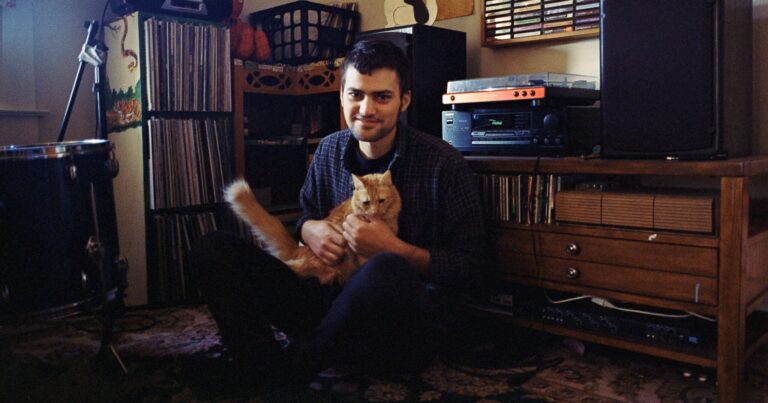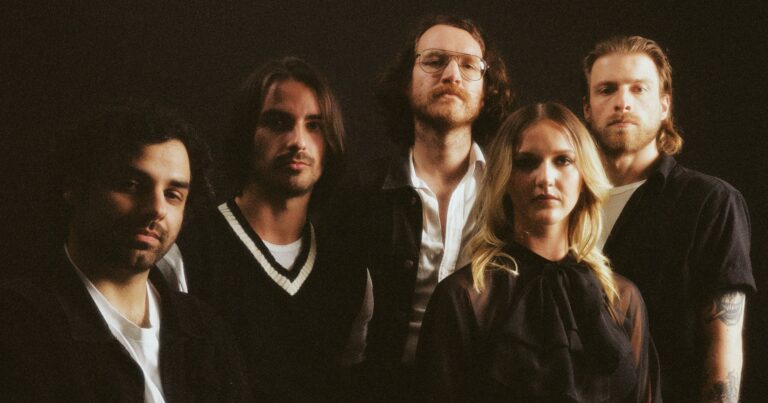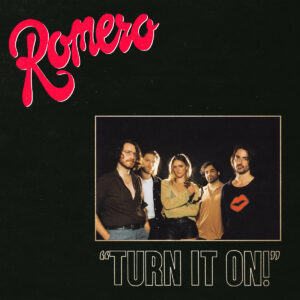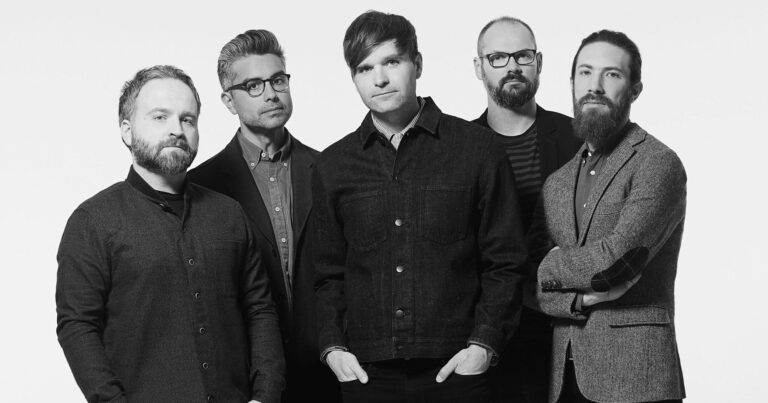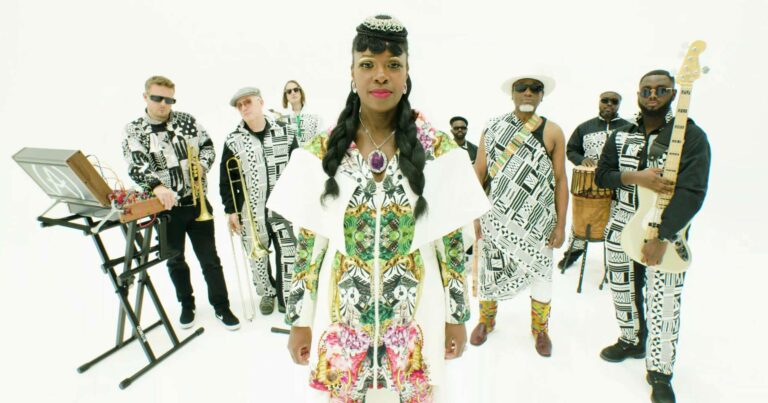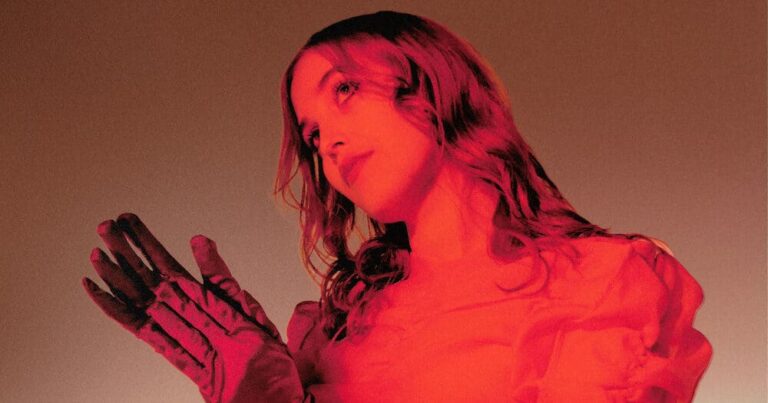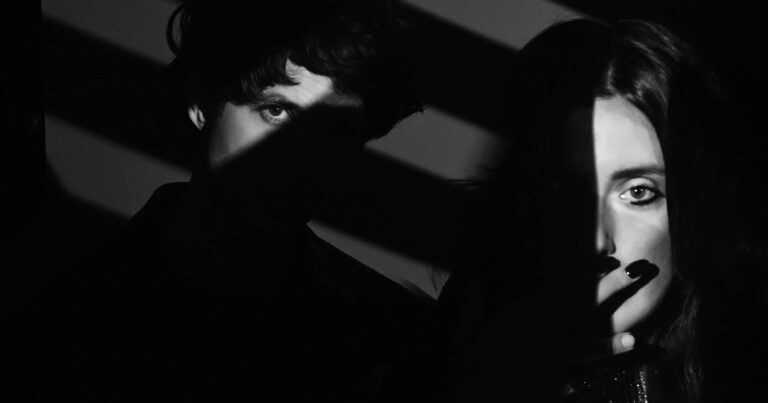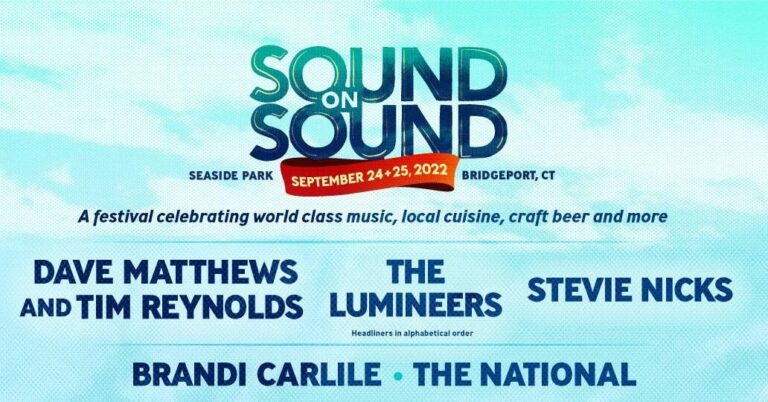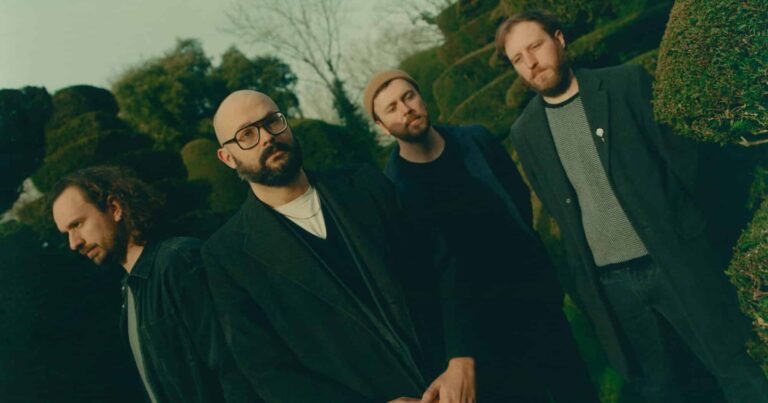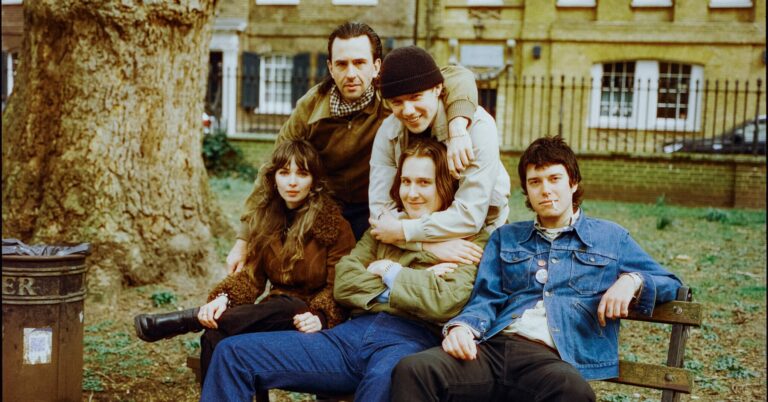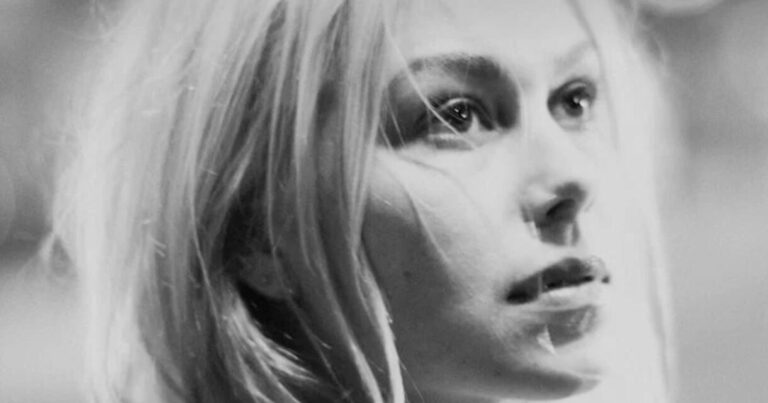Phoebe Bridgers has responded to the defamation filed against her by recording studio owner Chris Nelson. In a new filing, the singer-songwriter said that she stands by the statements she made in an October 2020 Instagram post. “I believe that the statements I made in my Instagram story are true,” Bridgers wrote in a sworn declaration filed Monday in Los Angeles. “My statements were made based on my personal knowledge, including statements I personally heard Mr. Nelson make, as well as my own observations. I continue to believe the statements that I made were true.”
Bridgers’ legal team filed an anti-SLAPP motion to strike Nelson’s complaint, claiming that the lawsuit is “seeking to chill” her allegations of abusive conduct in violation of her First Amendment right to free speech.
In her original Instagram post, Bridgers voiced support for Emily Bannon, who used to date Nelson, writing: “I witnessed and can personally verify much of the abuse (grooming, stealing, violence) perpetuated by Chris Nelson, owner of a studio called Sound Space. For anyone who knows [Nelson], is considering working with him, or wants to know more, there is an articulate and mind-blowing account on @emilybannon’s page as a highlight. TRIGGER WARNING for basically everything triggering.”
Nelson sued Bridgers for defamation in September 2021, claiming Bridgers “intentionally used her high-profile public platform on Instagram to publish false and defamatory statements regarding [Nelson] in order to destroy his reputation.” He seeks $3.8 million in damages.
Last month, Los Angeles County Judge Gregory W. Alarcon dismissed another suit of Nelson’s against singer-songwriter Noël Wells. Nelson claimed Wells had made “false, defamatory, and misleading” comments when she allegedly warned Big Thief against working with him in July 2020, describing his behaviour as “incredibly predatory” in a private e-mail. Judge Alarcon ruled that Wells’ comments, made “in the advancement or assistance of the creation of music,” were protected by the First Amendment.
